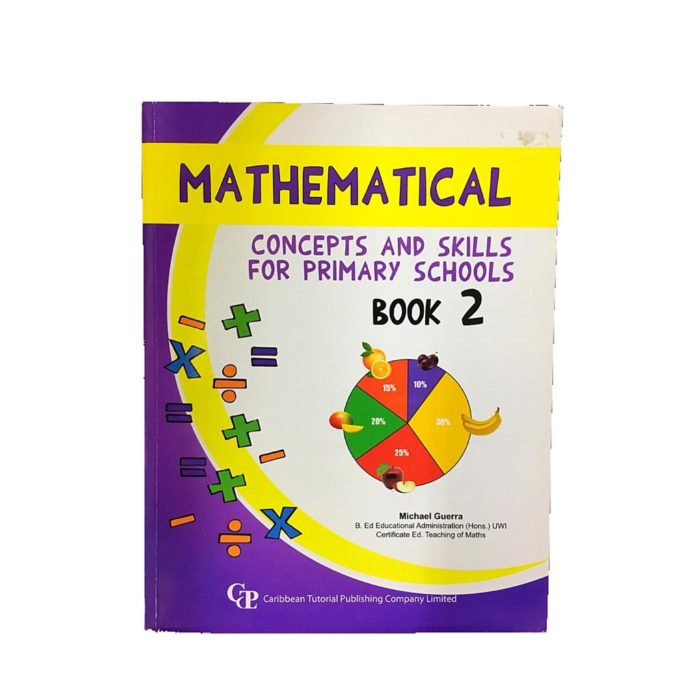Math Concepts: A Guide to Alternative Schooling and Education
Introduction:
Mathematics is a subject that often evokes mixed emotions in students. While some find it fascinating, others may struggle to grasp its concepts. However, with the right approach and alternative methods of teaching, math can become an enjoyable and engaging subject for all learners.
In this guide, we will explore various math concepts commonly taught in schools and discuss alternative ways to teach them effectively. Whether you are a teacher looking for innovative ideas or a parent seeking to supplement your child’s education, these strategies can help make math more accessible and fun.
1. Number Sense:
Number sense forms the foundation of mathematical understanding. It involves comprehending numbers’ relationships, magnitude, and their real-world applications. Traditional classroom teaching often relies heavily on rote memorization without emphasizing conceptual understanding.
One alternative approach is using manipulatives such as number rods or base-ten blocks to introduce numerical concepts visually. This hands-on technique allows students to physically interact with numbers, enhancing their comprehension.
Another effective method is incorporating real-life examples into mathematical problems. For instance, instead of asking students to solve abstract equations like 3x + 2 = 8, present them with realistic scenarios where they need to determine how many items someone can buy with a given budget.
2. Problem Solving:
Problem-solving skills are essential not only in mathematics but also in everyday life situations. Traditional problem-solving often follows a rigid step-by-step process without encouraging creativity or critical thinking.
To foster alternative problem-solving skills, educators can introduce open-ended questions that require multiple approaches or solutions. Encouraging divergent thinking helps develop analytical skills while promoting different perspectives among students.
Collaborative problem solving is another effective strategy where students work together in groups to find solutions collectively. This approach nurtures teamwork skills while fostering communication and cooperation among peers.
3. Geometry:
Geometry introduces students to the study of shapes, spatial relationships, and properties. Traditional geometry teaching often involves memorizing theorems and formulas without exploring their practical applications.
An alternative approach to teaching geometry is through hands-on activities and exploration. Engaging students in projects such as constructing three-dimensional models or designing floor plans allows them to visualize geometric concepts in a tangible way.
Incorporating technology, such as virtual reality (VR) or augmented reality (AR), can also enhance geometry learning experiences. Students can interact with 3D shapes in a digital environment, enabling them to manipulate objects and understand spatial relationships more effectively.
4. Data Analysis:
Data analysis involves collecting, organizing, analyzing, and interpreting information from various sources. Traditional methods may focus solely on formulaic calculations without emphasizing data interpretation skills.
To make data analysis more engaging for students, educators can introduce real-world datasets related to their interests or current events. This approach enables learners to see the relevance of statistics in practical contexts.
Using interactive software tools like spreadsheets or graphing calculators allows students to visualize and manipulate data easily. These tools encourage active participation while developing critical thinking skills necessary for interpreting complex information accurately.
5. Algebra:
Algebra introduces abstract mathematical concepts that often pose challenges for many students due to its reliance on symbols and equations. The traditional approach focuses heavily on procedural understanding rather than conceptual comprehension.
Alternative methods of teaching algebra involve relating it to real-life situations through word problems or modeling exercises. By connecting algebraic expressions with concrete scenarios, learners can better understand how variables represent unknown quantities in everyday life situations.
Utilizing online resources like interactive tutorials or game-based platforms can make algebra learning more enjoyable and accessible. These platforms provide immediate feedback, adaptive learning paths, and personalized instruction tailored to individual student needs.
Conclusion:
Mathematics doesn’t have to be an intimidating subject; it can be approached creatively by incorporating alternative teaching methods that emphasize conceptual understanding over rote memorization. By utilizing manipulatives, real-life examples, collaboration, hands-on activities, technology integration, and relevant applications, educators can create an engaging learning environment for students.
Remember that every learner is unique. It’s crucial to tailor teaching strategies to individual needs and encourage a growth mindset in mathematics. With these alternative approaches to math education, we can empower students to embrace math with confidence and develop essential problem-solving skills that extend beyond the classroom.

Leave a comment